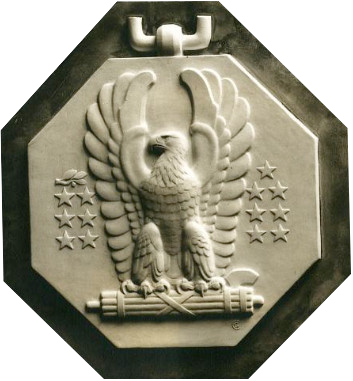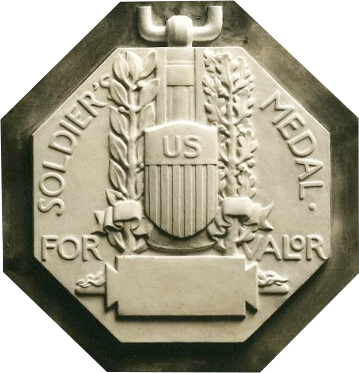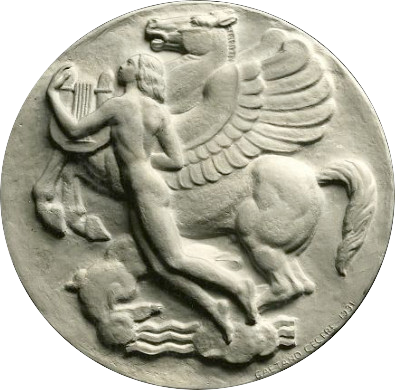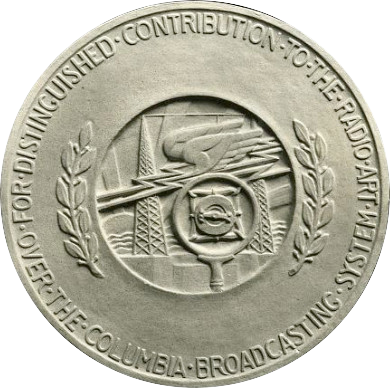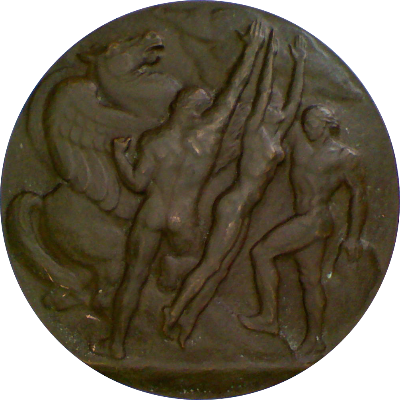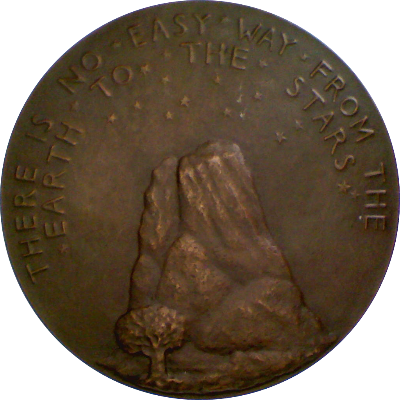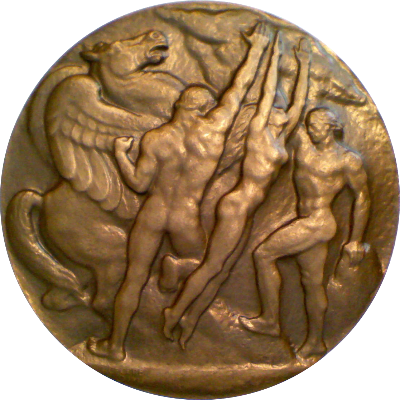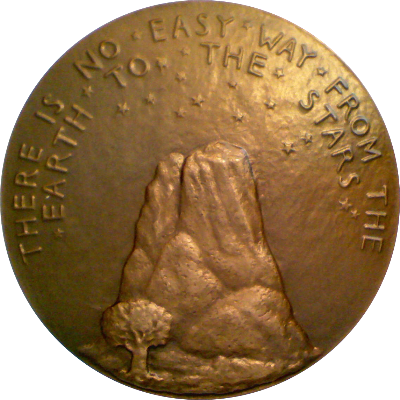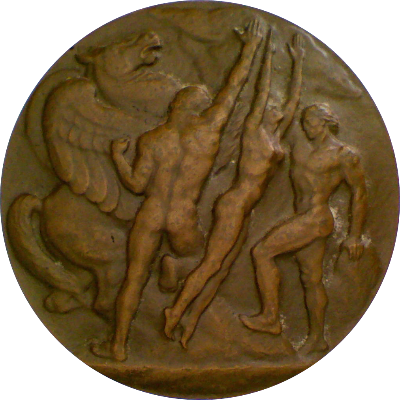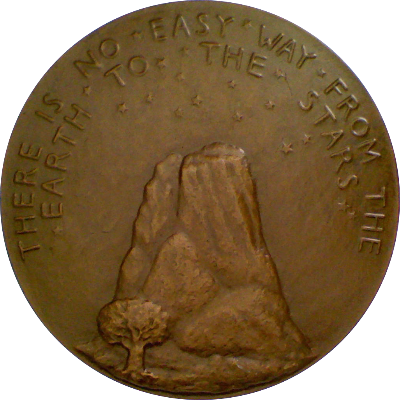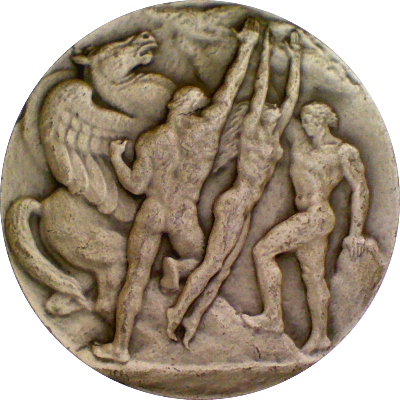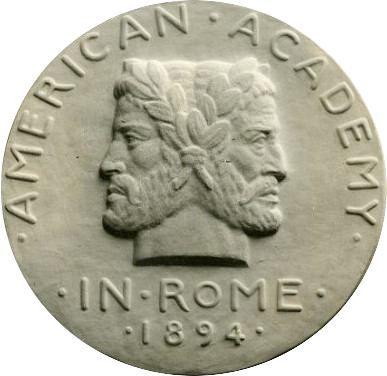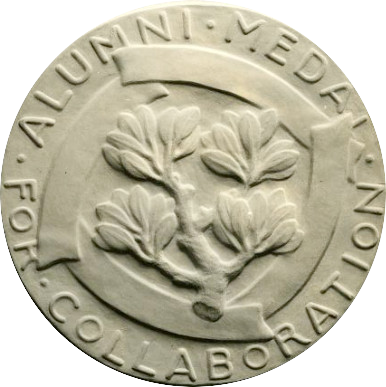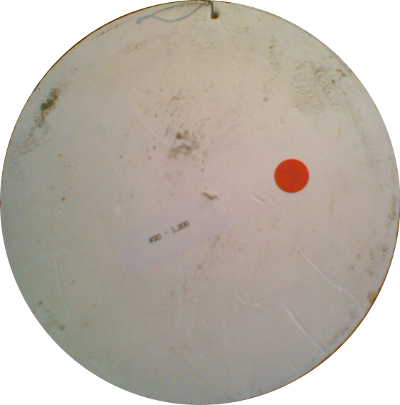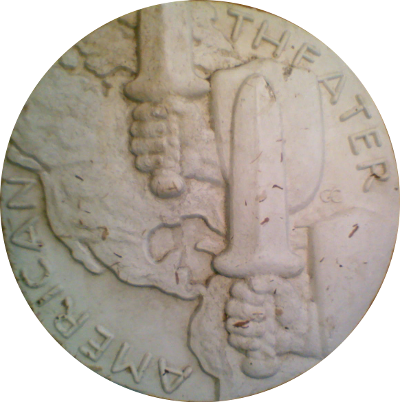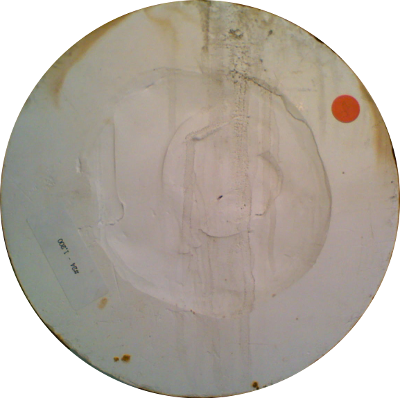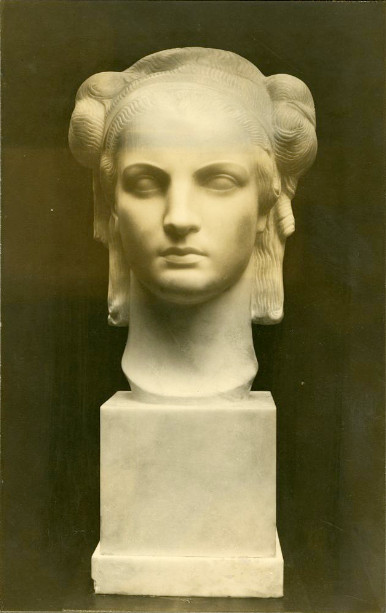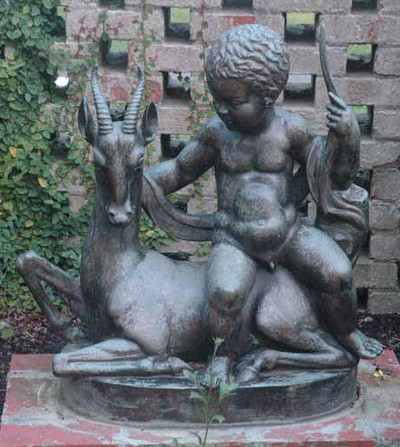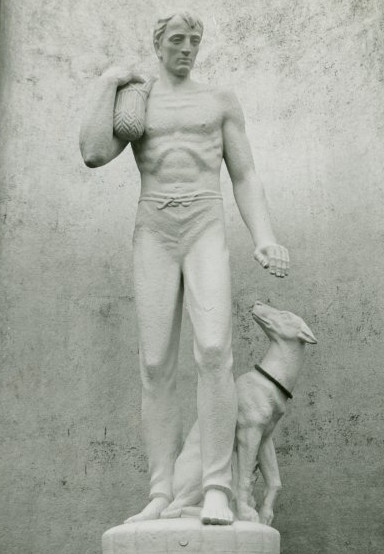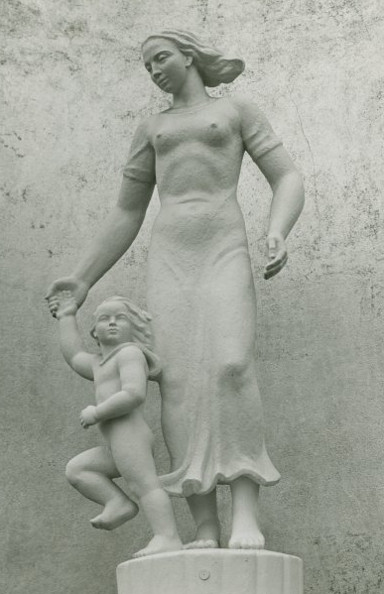Gaetano Cecere, known as Guy, was born in New York City in 1894. Most of his life was New York centric – he lived there for the majority of his life, and much of his work and education was based there as well. He studied under Hermon Atkins MacNeil and worked for the marble carving firm of Piccirilli Brothers. His service during World War I earned him a Soldier's Medal for heroism. In 1920, after winning the Prix de Rome, he was the Rinehart Fellow at the American Academy of Rome. During this period, his style developed considerably and he began to emphasize the simplicity of form.
He met his future wife, Ada Rasario, at the Academy. Ada was a painter and distinguished artist in her own right. Upon returning to the United States, he was named the Director of the Department of Sculpture at the Beaux-Arts Institute of Design, where he taught Contemporary and Ecclesiastical Sculpture. He continued to teach, concurrent with his practice, for most of his life. In 1924 he won the Helen Foster Barnett prize for his idealized bust of Persephone. In the 1940's he was one of seven distinguished sculptors chosen to participate in redecorating parts of the U.S. Capital Building's House of Representatives Chamber. Among other works for this project, he created rondels of three great lawmakers of Western History, including Alphonso X of Medieval Spain and Augustus. Conservative in style, classical and well-researched, Cecere was a perfect fit for this and other dignified, often 'official' commissions.
He also did quite a bit of medallic work. His medals include the Soldier's Medal of Valor (1930), the Columbia Broadcasting System medal (1931), the eighth medal in the Society of Medalists series (1933), the American Academy in Rome Alumni medal.
Gaetano Cecere was a member of the National Sculpture Society, the National Academy of Design, and the Architectural League of New York.
Other than this, not much is known about Gaetano Cecere. If you have any information about his life, professional or personal, please contact us!
Sourced mainly from Wikipedia and the sources listed in the Resources section.

